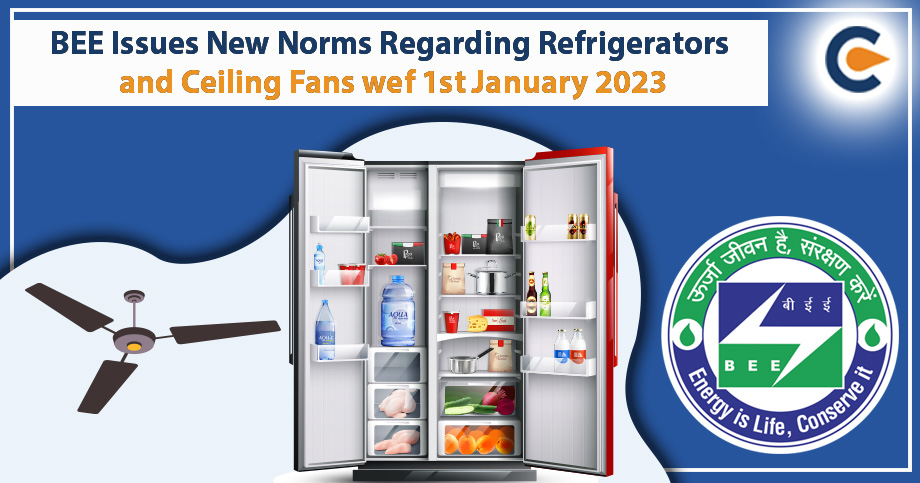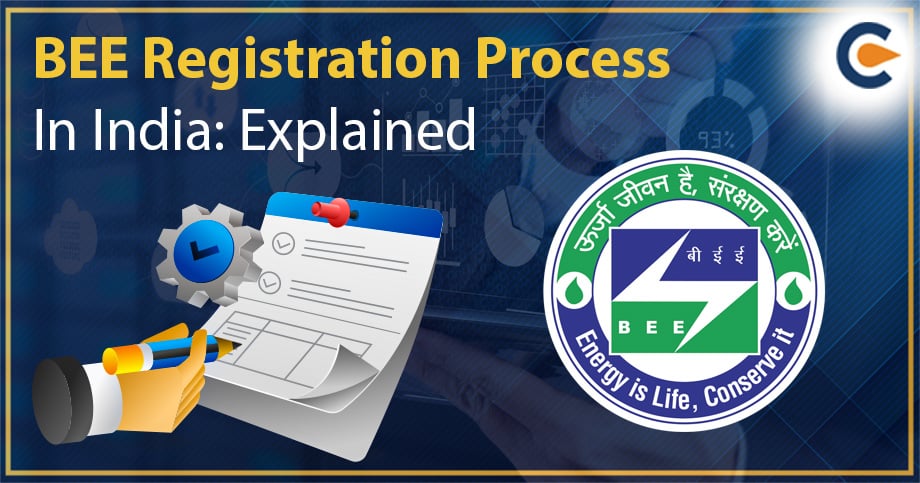A distribution transformer is a general form of an isolation transformer. The fundamental role of this transformer is to alter the high voltage to the widely-accepted output like 240/120V to apply in energy distribution. The full-fledged distribution system leverages different forms of transformers, such as single-phase, pad-mounted, three-phase, underground, and so on. A distributor device is also widely acknowledged as a service transformer. It is a device that supplies stepped-down voltage in the power network coming from the output of the distribution lines. BEE registration for distribution transformers plays a significant role since it acts as a mandatory legal requirement. Every manufacturer must secure this registration without fail to avert severe penalties. Let’s dig into the registration process and paperwork required for the same.
What is BEE Registration?
BEE stands for Bureau of Indian Standards. It is an apex institution that operates under the aegis Ministry of Power[1] and GOI. It aims to advocate energy and cost saving among the manufacturers of notified electrical goods. Further, it directs manufacturers to produce energy-efficient products without taking a toll on the overall quality. BEE registration is available under two different heads, such as Mandatory Registration and Voluntary Registration. Presently, 30 products fall under the ambit of this registration. Out of which, 10 fall under the mandatory scheme, and the rest can be registered under a voluntary scheme.
Note: the manufacturing of distribution transformers falls under Indian Standard 1180-1.
What is the role of star rating under BEE registration?
The grant of BEE Registration comes along with a specific star rating, ranging from 1 to 5. The higher-rating vouchers for higher efficacy and vice versa. Star rating helps end-users choose the right product according to their budget and priority. Those who successfully secured BEE registration for distribution transformers must affix the star rating on their products in a standard format. Products without star ratings may end up confiscated by the government authority.
The star labelling on the distribution transformer should be based on their relative energy efficacies or loss standards which are the overall losses at 50 percent and 100 percent loading of the distribution transformers.
Documents Required for BEE Registration for Distribution Transformers
Following are some vital documents required for BEE Registration for Distribution Transformers:
- Factory and owner detail such as a name and address
- Incorporation certificate or MOA
- Production facility layout plan
- Factory license
- Manufacturing process flowchart
- List of the equipment and machines present in the production facility
- List of testing apparatus and equipment
- Calibration Certificates of testing equipment
- Testing report accorded by the certified lab
- BIS registration, if available
- Technical specs of distributor transformer
Step By Step Process of BEE Registration for Distribution Transformers
Following is the step-by-step process of BEE Registration for Distribution Transformers:
Step 1: Company Registration
The BEE Registration begins with the Company Registration. This step involves the web-based filing of standard applications followed by sharing hardcopy originals with the BEE. As far as the registration fee is concerned, the applicant firm with a smaller production unit is required to pay Rs 25,000, whereas the large-scale facility needs to pay Rs 1,00,000.
Step 2: Testing
Testing distributor transformers in accordance with IS-1180-1 is the second step in the BEE registration process. The test should be conducted by the NABL-certified lab. Here are some common tests to be performed on distributor transformers for registration purposes.
Note: The test report shall remain valid for 90 days only.
- Winding resistance test as per Indian Standard 2026-1:1977
- Voltage ratio measurement and voltage vector interplay as per Indian standard 2026-1:1977
- Test relating to impedance voltage and load loss as per Indian Standard 2026-1:1977
- Test concerning no-load loss and current as per Indian Standards 2026-1:1977
- Test for Induced over-voltage as per Indian Standard 2026-3:1981
- Test for Separate-source voltage as per Indian standard IS 2026-3:1981
- Test relating to lighting impulse test as per Indian Standard IS 2026-3:1981
- Temp-rise test in accordance with Indian Standard 2026-2:1977
- Test for short-circuit in accordance with IS 2026-1:1977
- Air pressure test in accordance with Indian Standard 1180-1:1989
- Permissible flux density & over the fluxing test as per Indian Standard 1180-1:1989
Phase 3: Model Registration
Model Registration is the last and the very important step in this process. For this, you must head to the BEE portal and fill out the standard application form. While doing so, the portal shall prompt you to upload the documentation, including the test report. Post this; you will be redirected to the payment portal for fee submission.
What should be in the test report?
The test report should reflect the following information without fail:
- Brand/Mark
- Model Name
- Type
- Rated frequency
- Rated voltage
- Rated capacity
- Rated total losses at 50 and 100 percent loading, respectively
- Vetting outcome of product based on tests mentioned above.
Conclusion
BEE Registration for distribution transformers attracts several legalities in terms of product-testing compliances and paperwork. Needless to say, the products without test reports would not stand eligible for registration. Therefore, follow the aforesaid process without skipping any step and proceed as per the authority’s norms.
Read Our Article:BEE Registration Process in India: Explained













